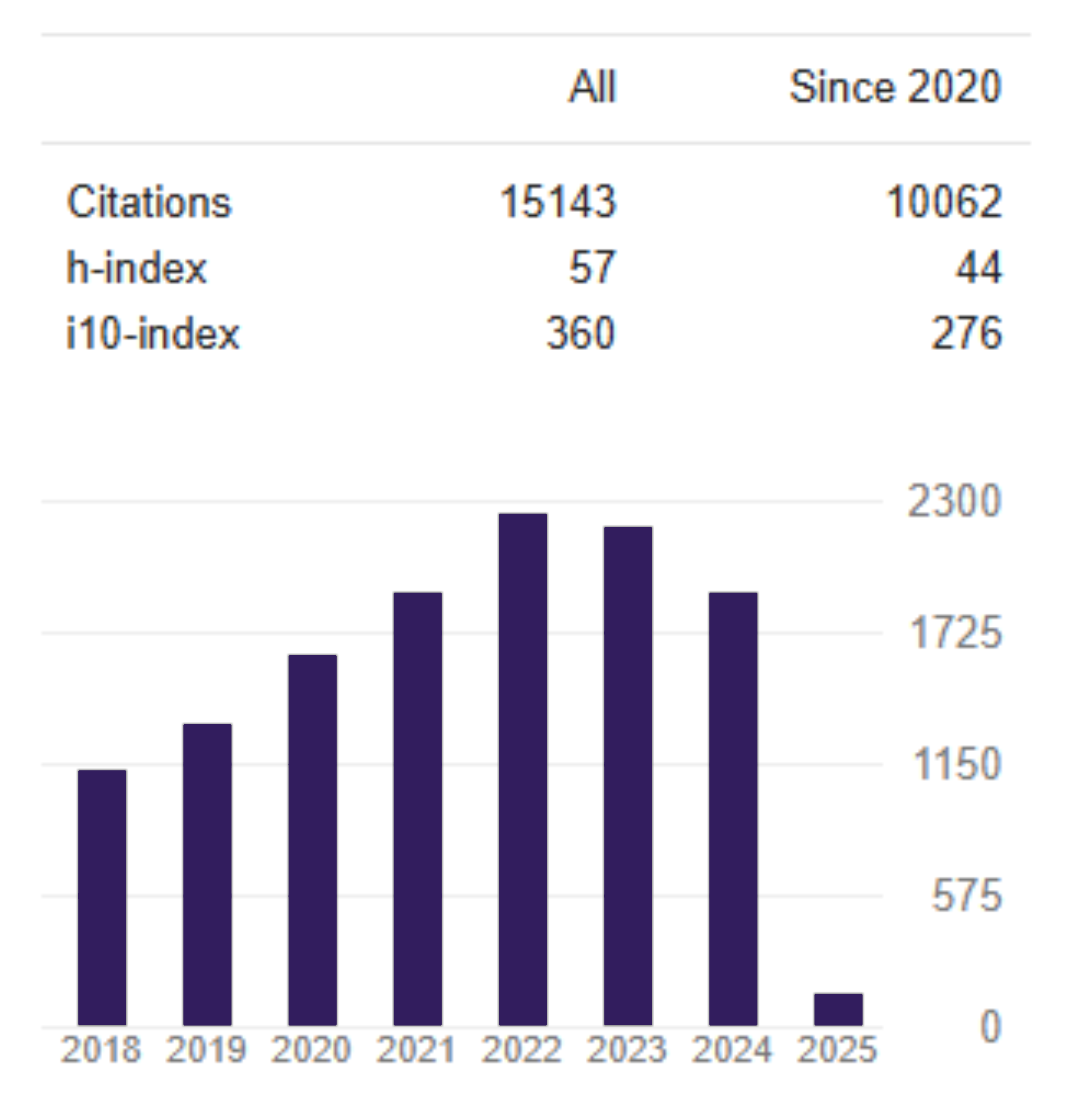Financial banking performance of ASEAN-5 countries in the digital era
DOI:
https://doi.org/10.26905/jkdp.v24i1.2641Keywords:
ASEAN, Digital banking, Financial banking performanceAbstract
The improvement of technology and information create a digital era in all aspects of the economy, one example is in the banking sector. This study aims to find out and compare the financial performance of banking industry in Indonesia, Singapore, Malaysia, Thailand and the Philippines in the period 2012-2017. The model used in hypothesis testing using one way ANOVA parametric test. Furthermore, using the panel regression analysis and results from coefficient of determination (R2) from the regression to see the influence of digital era on ASEAN banking financial performance. The results of the study showed that the financial performance of ASEAN-5 banks differ significantly with other ASEAN countries and the average value of Indonesian banking financial performance showed better results than the other four ASEAN countries on CAR, ROA, and NIM ratios. However, on average the LDR ratio shows that Singapore, Malaysia and Thailand are better than Indonesia. There are two of five variables that have a significant effect on bank profitability, namely the implementation of digital banking and the funding variables from third parties in banks. Other variables that are not significant are completeness in information of digital banking provided by the bank, the number of internet banking users of each bank, and the amount of credit channeled by the bank. The coefficient of determination (R2) is 41%, which means the effect of using digital banking is good enough on financial performance of bank in ASEAN.
JEL Classification: G21, G32
Â
How to Cite:
Malik, N., Oktavia, A., Suliswanto, M. S. W., & Anindyntha, F. A. (2020). Financial banking performance of ASEAN-5 countries in the digital era. Jurnal Keuangan dan Perbankan, 24(1), 117-130.
Downloads
References
Abdullah, F. (2003). Manajemen Perbankan. Malang: UMM Press.
Angelakopoulos, G., & Mihiotis, A. (2011). E-banking: Challenges and opportunities in the Greek banking sector. Electronic Commerce Research, 11(3), 297-319. https://doi.org/10.1007/s10660-011-9076-2
Arnaboldi, F., & Claeys, P. (2010). Innovation and performance of European banks adopting internet. Cass Business School Working paper series.
Akhisar, Ä°., Tunay, K. B., & Tunay, N. (2015). The effects of innovations on bank performance: The case of electronic banking services. Procedia-Social and Behavioral Sciences, 195, 369-375. https://doi.org/10.1016/j.sbspro.2015.06.336
Asmirawati. (2010). Analisis pertumbuhan sektor perbankan di Indonesia tahun 2001-2008. Jurnal Ekonomi Pembangunan, 8(1), 215-222. https://doi.org/10.22219/jep.v8i1.3597
Bradley, J., Loucks, J., Jameson, P., O' Connel K., & Barbier, J. (2014). Reimagining the Digital Bank. Cisco and/ or its affiliates.
Deloitte Tax & Consulting. (2017). Digital banking benchmark improving the digital performance. Deloitte Digital, 4–28.
Fajarini, D. (2017). Efisiensi perbankan indonesia dalam menghadapi ASEAN banking integration frameework. Thesis. Fakultas Ekonomi dan Bisnis, Universitas Lampung.
Ibrahim, E. E., Joseph, M., & Ibeh, K. (2006). Customers perception of electronic service delivery in the UK retail banking sector. International Journal of Bank Marketing, 24(7), 475-493. https://doi.org/10.1108/02652320610712094
Iman, N. (2016). Financial Technology dan Lembaga Keuangan. Gathering Mitra Linkage Bank Syariah Mandiri Yogyakarta.
Mihalciuc, C. C., Apetri, A. N., & Bonaventure, M. (2008). The importance of modern e-banks for development of new economy. The USV Annals of Economics and Public Administration, 8(1): 147-151.
Nastiti, G. P. (2010). Pengaruh kualitas aktiva produktif dan profitabilitas terhadap kinerja keuangan bank yang go public di Indonesia Tahun 2005-2009. Jurnal Ekonomi Pembangunan, 8(1), 235-246. https://doi.org/10.22219/jep.v8i1.3599
Okibo, B. W., & Wario, A. Y. (2014). Effects of e-banking on growth of customer base in Kenyan Bank. International Journal of Research in Management and Business Studies, 1(1), 78-84.
Oyewole, O. S., Abba, M., & El-Maude, J. G. (2013). E-banking and bank performance: Evidence from Nigeria. International Journal of Scientific Engineering and Technology, 2(8), 766-771.
Rahadiyan, I., & Sari, A. R. (2019). Peluang dan tantangan implementasi fintech peer to peer lending sebagai salah satu upaya peningkatan kesejahteraan masyarakat Indonesia. Defendonesia, 4(1), 18-28.
Shaukat, M., & Zafarullah, M. (2010). Impact of information on organizational performance: An analysis of quantitive performance indicators of Pakistan’s banking and manufacturing companies. European Journal of Economics, Finance and Administrative Sciences, 16, 37-49.
Siddik, M. N. A., Sun, G., Kabiraj, S., Shanmugan, J., & Yanjuan, C. (2016). Impacts of e-banking on performance of banks in a developing economy: Empirical evidence from Bangladesh. Journal of Business Economics and Management, 17(6), 1066-1080. https://doi.org/10.3846/16111699.2015.1068219
Simpson, J. (2002). The impact of the internet in banking: Observations and evidence from developed and emerging markets. Telematics and Informatics, 19(4), 315–330. https://doi.org/10.1016/s0736-5853(01)00019-3
Subuh, L., Zuhroh, I., & Abdullah, M. F. (2016). Komparasi kinerja keuangan bank nasional dan bank asing tahun 2010-2014. Jurnal Ekonomi Pembangunan, 14(2), 204–217. https://doi.org/10.22219/jep.v14i2.3892
Sumra, S. H., Manzoor, M. K., Sumra, H. H., & Abbas, M. (2011). The impact of e-banking on the profitability of banks: A study of Pakistani banks. Journal of Public Administration and Governance, 1(1), 31-38. https://doi.org/10.5296/jpag.v1i1.692
Suroso, G. T. (2015). Masyarakat Ekonomi Asean (MEA) dan Perekonomian Indonesia. Publikasi Badan Pendidikan dan Pelatihan Keuangan Kementrian Keuangan.
Wahyuni, A., & Sukirno, S. (2016). Analisis perbandingan kinerja keuangan perbankan ASEAN (Studi pada bank umum Indonesia, Thailand, dan Filipina). Nominal, Barometer Riset Akuntansi dan Manajemen, 5(2). https://doi.org/10.21831/nominal.v5i2.11720
Wulandari, D. A. (2015). Analisis perbandingan kinerja keuangan dengan pendekatan RGEC di negara ASEAN (Studi pada bank umum Indonesia, Malaysia, Thailand, dan Singapura tahun 2010-2014). Jurnal Ilmiah Mahasiswa FEB, 4(1).
Yang, S., Li, Z., Ma, Y., & Chen, X. (2018). Does electronic banking really improve bank performance? Evidence in China. International Journal of Economics and Finance, 10(2), 82-94. https://doi.org/10.5539/ijef.v10n2p82
Downloads
Published
Issue
Section
License

This work is licensed under a Creative Commons Attribution-ShareAlike 4.0 International License.



